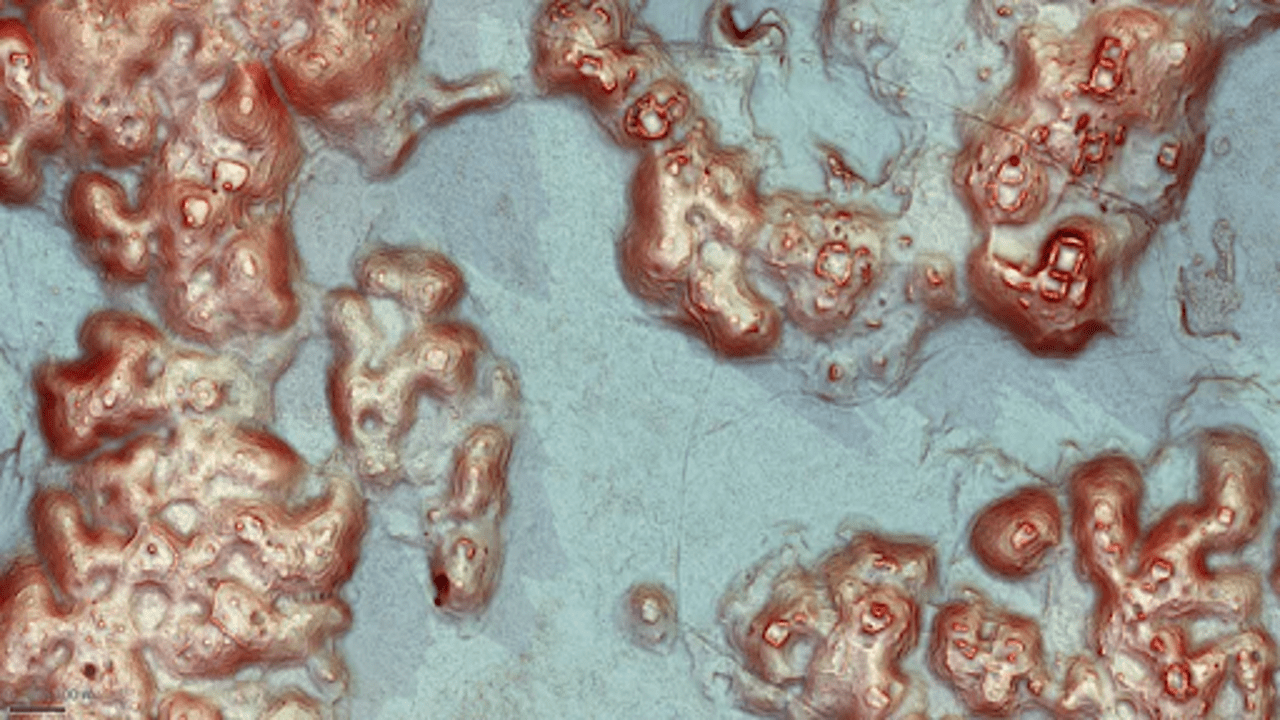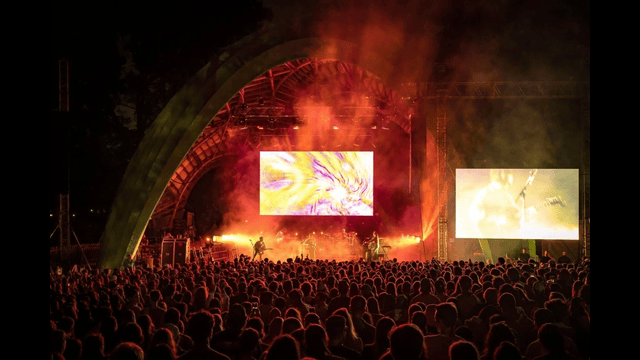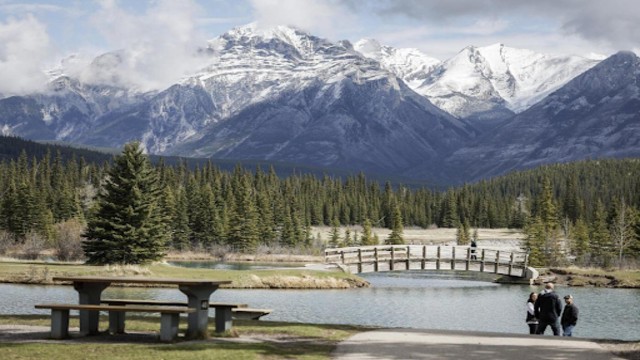
Researchers found an ancient city in east-central Campeche, concealed among contemporary buildings and roads. Live Science
Laser technology has unveiled a stunning ancient Maya city hidden in Mexico's Yucatán Peninsula. This remarkable discovery features up to 6,674 structures, including impressive pyramids similar to those found in Chichén Itzá and Tikal. Researchers revealed these findings in a study published on October 29 in the journal Antiquity. They utilized lidar (light detection and ranging) technology, which employs laser pulses to map the ground, to uncover this site believed to be nearly 1,500 years old.
The advancement of lidar technology has significantly increased the discovery of ancient settlements over the past few decades. However, its high cost often limits access for emerging researchers, like Luke Auld-Thomas, an archaeologist at Northern Arizona University and the lead author of the study. Determined to overcome this challenge, the researchers came up with an innovative approach.
"Scientists in ecology, forestry, and civil engineering have been using lidar surveys to study some of these areas for totally separate purposes," Auld-Thomas explained. "So what if a lidar survey of this area already existed?"
Through careful investigation of previously commissioned lidar studies, Auld-Thomas found a survey intended for monitoring carbon in Mexico's forests. By examining an area of 50 square miles (129 square kilometres) in east-central Campeche, which had not previously been explored for Maya structures, Auld-Thomas and his team uncovered the hidden remains of an ancient Maya city intertwined with modern agriculture and infrastructure.
Named Valeriana after a nearby freshwater lagoon, this city dates back to the Classic period (A.D. 250 to 900) and exhibits characteristics typical of a Classic Maya political center. The researchers identified various features, including several enclosed plazas linked by a wide causeway, temple-pyramids, and even a ball court. Dotted around the city's outskirts, they found terraces and residential areas, indicating a densely populated urban environment. This study marks the first time Maya structures have been revealed in east-central Campeche.
Ancient Maya cities like this one may offer insights for addressing today’s urban development challenges. Live Science
"The government never knew about it; the scientific community never knew about it," Auld-Thomas said. "That really puts an exclamation point behind the statement that, no, we have not found everything, and yes, there's a lot more to be discovered."
Thomas Garrison, an archaeologist at the University of Texas at Austin who was not part of the study, emphasized the importance of these findings. "Unfailingly, everywhere that this sort of work is done, there's more settlement discovered," he noted. "It all provides more pieces for this huge puzzle, and every puzzle piece counts." He added that the next step for researchers is to confirm the city through on-site excavations.
As the complexity and density of the Maya civilization came to light, Auld-Thomas highlighted the growing importance of studying this historical period. He stated, "Given the environmental and social challenges we're facing from rapid population growth, it can only help to study ancient cities and expand our view of what urban living can look like. Having a larger sample of the human career, a longer record of the accumulated residue of people's lives could give us the latitude to imagine better and more sustainable ways of being urban now and in the future."















